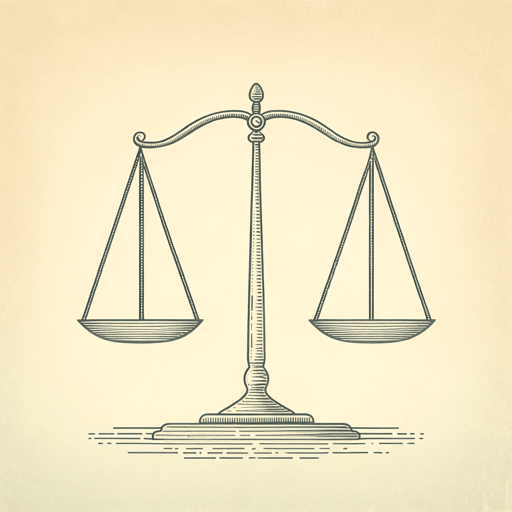56 pages • 1 hour read
John DoerrMeasure What Matters: How Google, Bono, and the Gates Foundation Rock the World with OKRs
Nonfiction | Book | Adult | Published in 2017A modern alternative to SparkNotes and CliffsNotes, SuperSummary offers high-quality Study Guides with detailed chapter summaries and analysis of major themes, characters, and more.
Part 1, Chapters 10-14Chapter Summaries & Analyses
Part 1: “OKRs in Action”
Part 1, Chapter 10 Summary: “Superpower #3: Track for Accountability”
Doerr discusses the lifecycle of OKRs, which can be broken down into three phases: the setup, the tracking, and the wrap-up.
During the setup, to prepare for the OKR system, Doerr recommends adopting specialized software that can facilitate the creation and tracking of objectives and key results. He also recommends that companies appoint “shepherds” (115) to guide teams through the OKR process, ensure alignment, and encourage employee engagement.
Once a company starts using OKRs, it must track progress regularly and transparently. Doerr claims that tracking improves accountability and motivation. While OKRs don’t require daily tracking, weekly check-ins are recommended to assess progress and make any necessary adjustments. Doerr advises using a traffic light system to indicate progress, with green representing on track, yellow indicating some issues, and red signaling that a goal should be dropped. New goals can also be started during the cycle if need be.
At the end of the OKR cycle, Doerr recommends conducting a thorough review to evaluate the outcomes and learn from the process. He encourages teams to score the outcome, using green for an achieved or exceeded objective, yellow for partially achieved, and red for not achieved.

